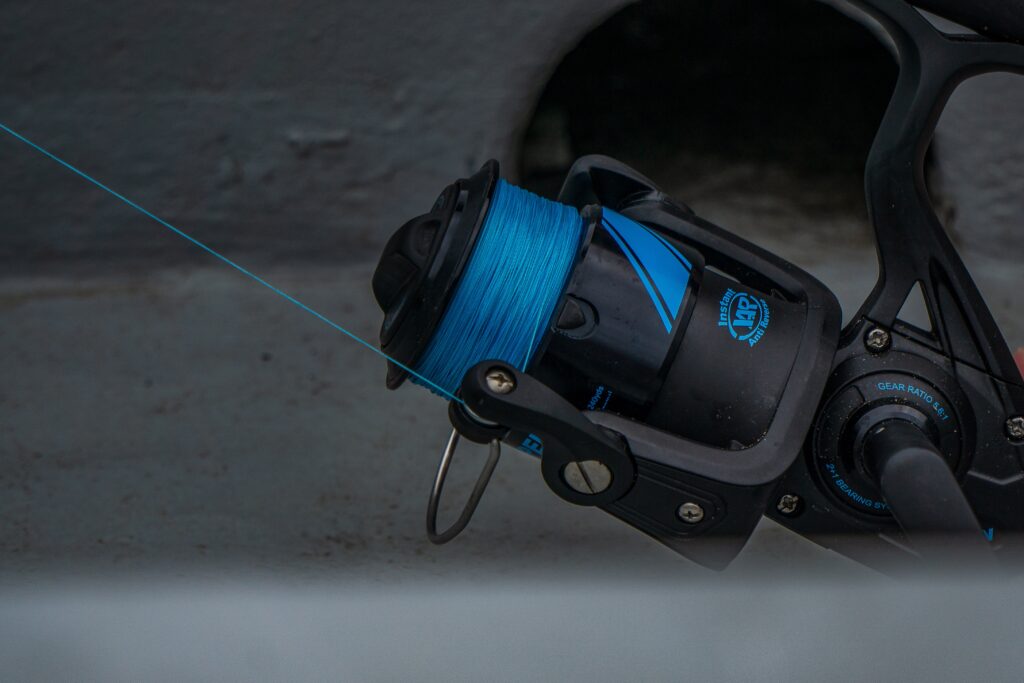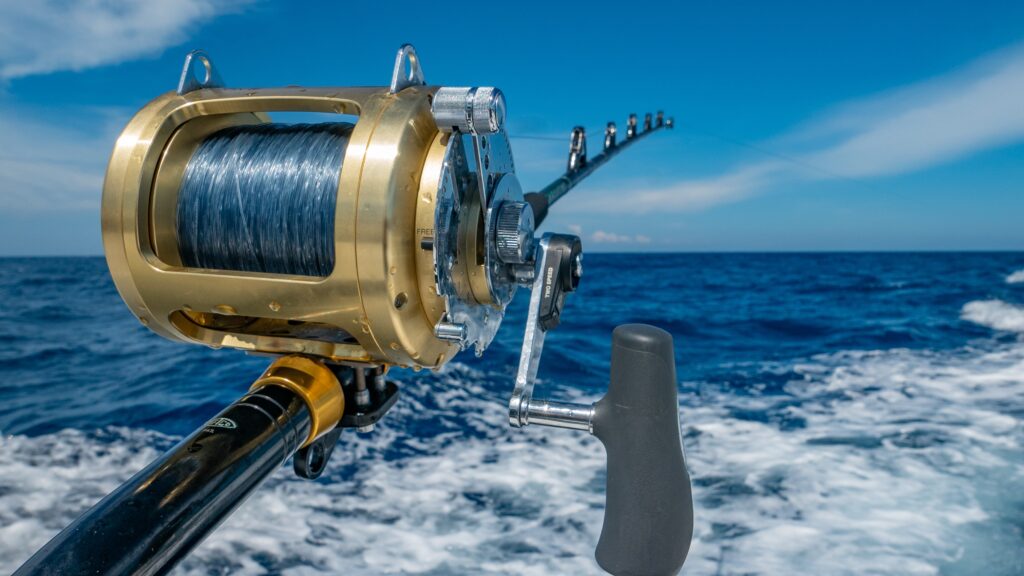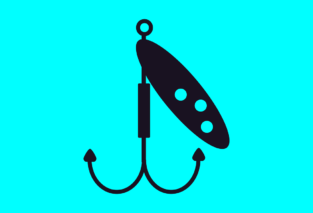You may wonder about the factors to consider when selecting the appropriate fishing line diameter, and that’s where “How To Choose The Right Fishing Line Diameter: Factors And Recommendations” comes in. This comprehensive guide will provide you with all the essential information you need to make an informed decision when it comes to picking the perfect fishing line diameter. From discussing the various factors that influence your choice to offering expert recommendations, this article is your go-to resource for enhancing your fishing experience. So, whether you’re a seasoned angler looking to optimize your tackle or a beginner eager to learn, “How To Choose The Right Fishing Line Diameter” has you covered.

Factors to Consider
When it comes to choosing the right fishing line diameter, there are several important factors that you should consider. These factors will help you determine the most suitable fishing line diameter for your fishing needs. By taking these factors into account, you can ensure that you have the right line for the target fish species, fishing technique, water conditions, climatic factors, and your personal preferences.
Target Fish Species
The first factor to consider when choosing the right fishing line diameter is the target fish species. Different fish species have different behaviors and levels of aggression. For example, if you’re targeting smaller fish species that are less likely to put up a fight, you can opt for a thinner fishing line diameter. However, if you’re going after larger and more aggressive fish, you’ll want a thicker line that can handle the stress of reeling in such strong fish.
Fishing Technique
The fishing technique you plan to use is another crucial factor in determining the appropriate fishing line diameter. Different fishing techniques require different levels of strength and sensitivity. For example, if you’re using a finesse fishing technique that requires precise and delicate presentations, a thinner fishing line diameter will be more suitable. On the other hand, if you’re using a heavy-duty technique such as offshore trolling, a thicker line diameter is necessary to handle the weight and power of the fish.
Line Strength
Line strength, or pound test, is an important consideration when choosing the right fishing line diameter. The pound test refers to the amount of weight a fishing line can bear before it breaks. The line strength you choose should match the size and strength of the fish you intend to catch. For smaller fish, a lower pound test and thinner line diameter will suffice. However, for larger and stronger fish, a higher pound test and thicker line diameter will be necessary to prevent breakage.
Water Conditions
The water conditions where you plan to fish also play a significant role in determining the appropriate fishing line diameter. In clear water with high visibility, a thinner line diameter is ideal to reduce the chances of the fish detecting the line. On the other hand, in murky or turbid water conditions, a thicker line diameter may be necessary to ensure the line is visible to both you and the fish.
Climatic Factors
Climatic factors such as temperature and humidity can also influence the choice of fishing line diameter. Extreme temperatures and high humidity levels can weaken fishing lines over time, leading to breakage. Therefore, it is essential to consider the climatic conditions in your fishing location and choose a line diameter that can withstand the environmental factors you will encounter.

Types of Fishing Line
There are several types of fishing lines available on the market, each with its own characteristics and advantages. Understanding the different types of fishing lines can help you make an informed decision when choosing the right line diameter.
Monofilament Fishing Line
Monofilament fishing line is one of the most popular and versatile types of fishing lines. It is made from a single strand of nylon or other synthetic materials, offering good strength, flexibility, and knot-tying ability. Monofilament lines have a relatively thick diameter compared to other types of lines, which can be an advantage when targeting larger fish species. However, their visibility in the water may be a disadvantage in clear or highly pressured fishing situations.
Fluorocarbon Fishing Line
Fluorocarbon fishing line is known for its low visibility underwater. It is made from a specially formulated type of nylon that is virtually invisible in the water. Fluorocarbon lines are denser than water, which allows them to sink quickly, making them suitable for certain fishing techniques such as bottom fishing. They also have excellent abrasion resistance, making them ideal for fishing in areas with rocks or other sharp objects. However, fluorocarbon lines can be more expensive than monofilament lines and may have reduced knot strength.
Braided Fishing Line
Braided fishing line is made by weaving together several strands of synthetic fibers such as Spectra or Dyneema. These lines have a small diameter for their strength, making them an excellent choice for finesse fishing techniques. They also have a high sensitivity, allowing anglers to feel even the slightest nibble. However, braided lines have low visibility in the water, which can be a disadvantage in clear or calm conditions. They can also be more prone to abrasion and require additional attention when tying knots.

Recommended Fishing Line Diameter
Now that you have an understanding of the factors to consider and the types of fishing lines available, it’s time to delve into the recommended fishing line diameters for different fishing scenarios. The diameter of the fishing line you choose will ultimately depend on the factors mentioned earlier, as well as your personal preferences.
Ultra-Thin Diameter
Ultra-thin fishing line diameters are typically less than 0.2mm. These lines are best suited for finesse fishing techniques, such as drop-shotting or light jigging, where a delicate presentation is required. They provide excellent sensitivity and allow you to detect even the slightest bite. However, ultra-thin lines have limited strength, so they are not suitable for targeting large or aggressive fish species.
Thin Diameter
Thin fishing line diameters range between 0.2mm and 0.3mm. These lines are versatile and can be used for a wide range of fishing techniques and target fish species. They offer a good balance between sensitivity and strength, making them suitable for both finesse fishing and targeting moderately sized fish. Thin lines are often preferred in clear water conditions where visibility is a concern.
Medium Diameter
Medium fishing line diameters range from approximately 0.3mm to 0.4mm. These lines provide increased strength and durability compared to thinner lines. They are suitable for targeting larger fish species or fishing in areas with potential hazards such as rocks or coral reefs. Medium diameter lines offer a good compromise between sensitivity and visibility, making them a popular choice for general freshwater and saltwater fishing.
Thick Diameter
Thick fishing line diameters range from 0.4mm to 0.5mm or more. These lines are designed for heavy-duty fishing situations where strength and durability are paramount. They are suitable for targeting large and aggressive fish species or fishing in challenging conditions, such as fast-flowing rivers or dense vegetation. Thick diameter lines are less sensitive than thinner lines but offer increased abrasion resistance and knot strength.
Ultra-Thick Diameter
Ultra-thick fishing line diameters are typically 0.5mm or larger. These lines are primarily used for specialized fishing techniques or extreme fishing conditions. They provide maximum strength and can handle the largest and most powerful fish species. However, they sacrifice sensitivity and may not be suitable for finesse fishing or situations where a delicate presentation is required.

Testing and Comparing Line Diameters
When selecting the fishing line diameter, it’s essential to test and compare different lines to determine their performance in various situations. Here are some tests that can help you evaluate the characteristics of different line diameters.
Knot Strength Test
Testing the knot strength of different line diameters will give you an idea of their performance when tied to hooks, swivels, or other terminal tackle. Use the same knot type and test the breaking strength of each line diameter to compare their reliability when under pressure.
Abrasion Resistance Test
Abrasion resistance is a crucial factor, especially when fishing in areas with rocks, structure, or heavy cover. Test different line diameters by rubbing them against rough surfaces to evaluate their resistance to wear and tear.
Visibility Test
In clear water or highly pressured fishing situations, visibility can make a difference in attracting fish. Test the visibility of different line diameters in the water to assess their transparency. Place the lines in a tank or body of water and observe how visible they are at different depths and lighting conditions.
Sensitivity Test
Sensitivity is crucial for detecting fish bites and movements. Test the sensitivity of different line diameters by tying them to a sensitive rod and reel setup. Experiment with various fishing techniques and judge how well each diameter transmits the subtlest vibrations to your hand.

Additional Factors to Consider
In addition to the factors mentioned above, there are a few more considerations that may influence your choice of fishing line diameter.
Budget
Your budget will ultimately determine the fishing line options available to you. Different line diameters and types come at various price points. Consider how much you are willing to spend and choose a fishing line diameter that fits within your budget while still meeting your fishing requirements.
Personal Preference
Lastly, personal preference plays a significant role in choosing the right fishing line diameter. Some anglers prefer the sensitivity of thinner lines, while others prioritize strength and durability. Consider your own fishing style and what characteristics are most important to you when making your final decision.
By considering factors such as the target fish species, fishing technique, line strength, water conditions, and climatic factors, as well as testing and comparing different line diameters, you can confidently choose the right fishing line diameter for a successful fishing outing. Remember to take into account your budget and personal preferences to find the perfect balance between performance and suitability for your individual needs. Happy fishing!





